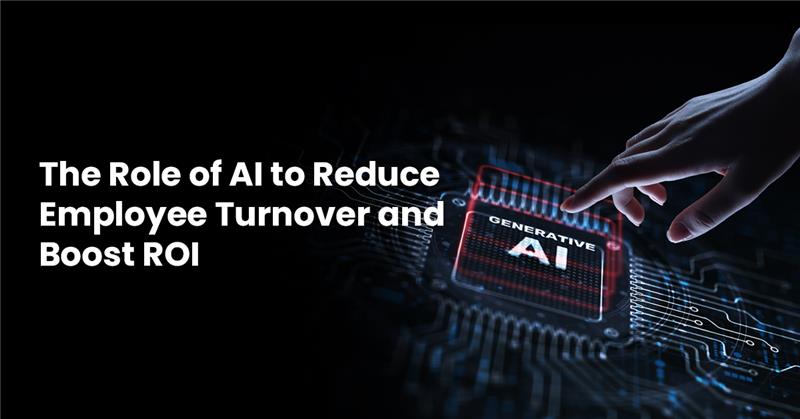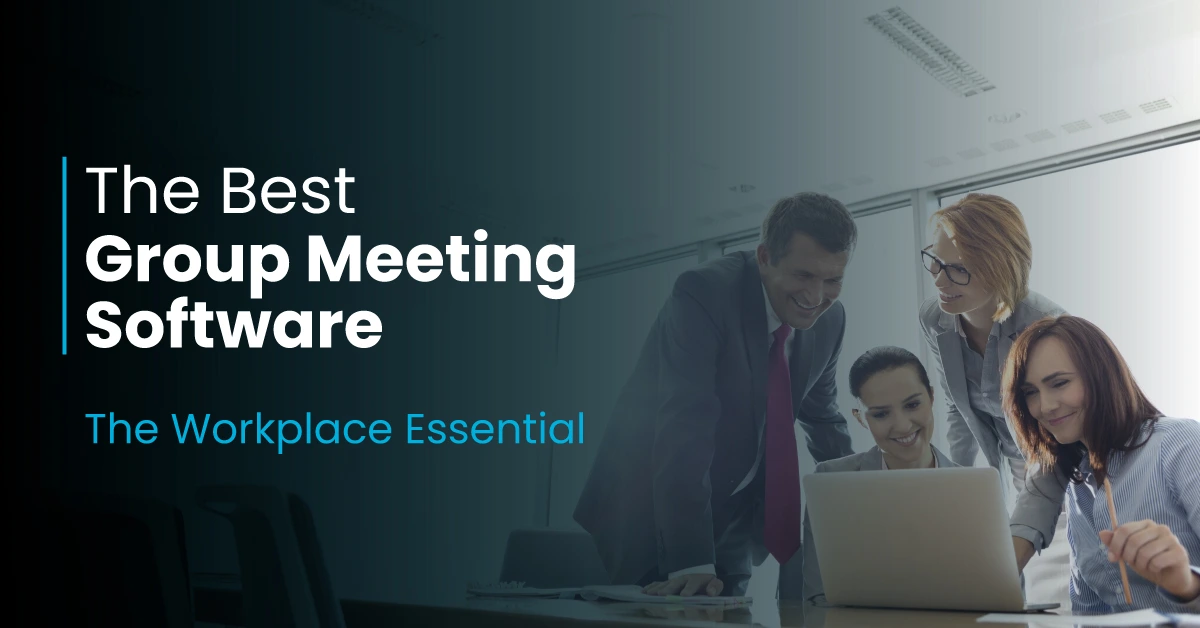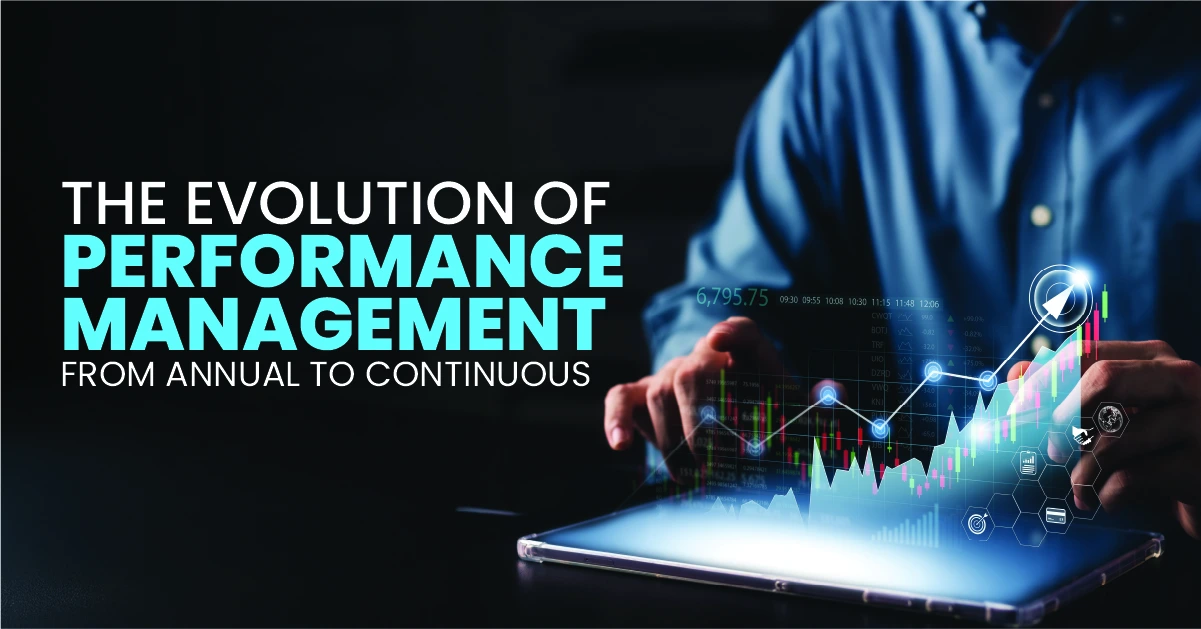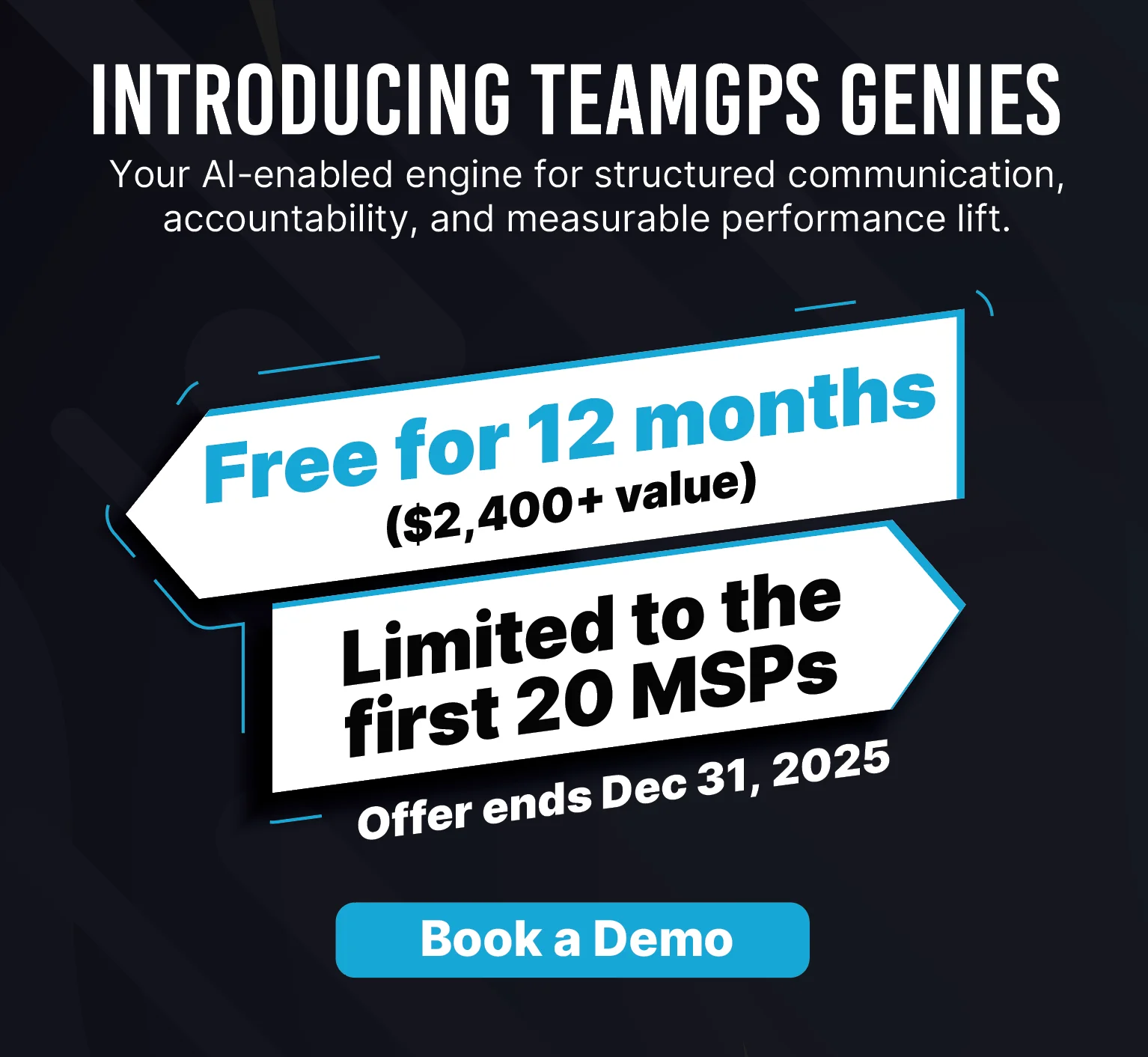Every time an employee quits, your company loses $15,000 on average. For MSPs managing 122+ clients, this isn’t just an expense—it’s a threat to your business survival. The solution? AI technology that helps you reduce employee turnover by predicting departures up to 3 months in advance.
AI-powered employee retention systems analyze workplace behaviors to identify at-risk employees before they resign. Instead of reacting to resignation letters, you can now prevent them entirely. Companies using these smart systems reduce employee turnover by 25 to 40% while saving hundreds of thousands in replacement costs.
How much does employee turnover really cost your business?
Let’s talk numbers that will make your wallet weep. When you lose a good employee, you’re not just losing one person—you’re losing productivity, institutional knowledge, and often triggering a domino effect that leads to more departures.
The latest statistics paint a concerning picture of employee retention in 2025. As per the SSR report, U.S. companies spent nearly $900 billion to replace employees who quit in 2023.
What this means for your business:
The real costs of employee turnover include:
- Direct replacement costs: recruiting, interviewing, background checks, and onboarding can easily cost 50 to 200% of the departing employee’s annual salary
- Lost productivity: it takes 6 to 12 months for a new hire to reach full productivity
- Training investments: all the time and money spent training someone walks out the door with them
- Institutional knowledge: years of experience and company-specific knowledge disappears overnight
Hidden costs that hurt even more:
- Team morale drops when popular colleagues leave
- Remaining employees often get overloaded with extra work
- Client relationships suffer during transition periods
- If a supervisor earning $60,000 a year quits, you can expect it to cost your company up to $120,000
For MSPs specifically, the stakes are even higher. As per a recent jump cloud report, the MSP market is expected to reach almost $350 billion globally by the end of 2024 and soar to over $1 trillion by 2033, making skilled technicians more valuable than ever.
How does AI technology help reduce employee turnover?
The old way of handling employee retention was like trying to fix a leaky roof during a thunderstorm—too little, too late. Today’s AI in employee retention solutions work differently, giving you the umbrella before the storm hits.
How does AI predict employee turnover before it happens?
Instead of waiting until someone hands in their notice, modern AI in HR systems monitor dozens of behavioral indicators to predict when someone might be thinking about leaving. This isn’t science fiction—it’s happening right now in companies that have decided to reduce employee turnover proactively.
Here’s how it works in simple terms:
- Data collection: AI algorithms analyze patterns in how people work, communicate, and engage with their colleagues
- Pattern recognition: the system learns what “normal” looks like for each employee
- Early warning system: it flags when someone’s behavior changes in ways that historically indicate flight risk
- Actionable insights: managers get specific recommendations on how to help each at-risk employee
Think of it like having a wellness monitor for job satisfaction—it tracks the health of your workplace relationships and alerts you when something needs attention.
Why is predictive analytics the future of HR?
The beauty of predictive HR analytics lies in its ability to spot patterns humans miss. While you’re focused on daily operations, AI is noticing subtle changes like:
- Sarah hasn’t been participating in team meetings like she used to
- Mike’s email responses have become shorter and less enthusiastic
- John stopped volunteering for challenging projects
Key benefits:
- Early detection: problems are caught weeks or months before someone quits
- Seamless integration: these AI for HR systems work with tools you already use (email, calendar, project management software)
- No extra work: employees don’t need to use new systems or fill out surveys
- Continuous learning: the system gets smarter over time
What warning signs does AI detect that managers miss?
Think about the last time someone surprised you by quitting. Looking back, were there signs you missed? AI in employee retention never misses these signals because it’s designed to catch what busy managers overlook.
What early warning signs can HR technology identify?
Modern workforce analytics can identify subtle changes that precede departures by weeks or even months:
Communication pattern changes:
- Shorter emails and delayed responses
- More formal communication style
- Reduced informal chatting with colleagues
- Less participation in team discussions
Work behavior shifts:
- Stopping voluntary meeting attendance
- Becoming less collaborative on projects
- Suddenly working excessive overtime OR doing the bare minimum
- Declining participation in training programs
Engagement indicators:
- Reduced use of company social platforms
- Less interaction with company announcements
- Decreased participation in optional company events
- Changes in workspace personalization
How do smart risk models predict employee turnover?
This is where AI in employee retention gets interesting. Instead of just flagging individual warning signs, advanced systems create comprehensive risk profiles for each team member.
How does AI calculate employee flight risk scores?
Think of it like a credit score, but for job satisfaction. The AI looks at dozens of different factors to create a “flight risk score” for each person on your team:
Factors the AI considers:
- Historical patterns: how do departures typically happen in your company?
- Performance trends: is someone’s work quality or quantity changing?
- Compensation alignment: are they paid fairly compared to market rates?
- Manager relationship quality: how well do they get along with their supervisor?
- Career progression: are they getting growth opportunities?
- Workload balance: are they overwhelmed or under-challenged?
The system weighs these factors differently for different roles. What indicates flight risk for a senior technician might be completely different from what signals a junior administrator is thinking about leaving.
What actions should you take when AI identifies at-risk employees?
Here’s where the magic happens: once the AI identifies someone at risk, advanced systems provide a structured 4-step intervention framework to help each person:
Step 1: Goals Assessment
Review if the employee’s current role aligns with their career objectives
“Employee 1’s engagement dropped after his/her project change—let’s discuss his/her leadership aspirations and create a path forward”
Step 2: Performance Evaluation
Analyze recent performance trends and provide constructive feedback
“Employee 2’s output remains strong, but his/her communication suggests he/she needs recognition for his/her contributions”
Step 3: Support Systems
Identify what resources, training, or workload adjustments are needed
“Employee 3’s productivity increased 40% but his/her stress levels are rising, so it’s time to discuss team support or compensation”
Step 4: Strategic Planning
Create personalized retention plans with clear timelines and accountability
Schedule follow-up meetings to track progress and adjust strategies as needed
The results speak for themselves: organizations with robust onboarding and retention programs improve the retention of new hires by 82% and boost productivity by 70% according to hubstaff report. Companies using smart predictive analytics HR models keep 45% more of their people happy and staying.
Why keep losing your best people when you can predict and prevent it?
Think of Team GPS as your team’s built-in early warning system—designed to spot engagement risks before they become retention issues. With our AI-powered platform, you can proactively support your people, improve performance, and build a culture where your team wants to stay and succeed.
Key benefits of Team GPS:
- Real-time engagement tracking
- Strategic goal alignment
- Actionable performance insights
- Stronger client and peer collaboration
- Seamless integration with your systems
- Early identification of retention risks
Schedule a free demo today to reduce employee turnover and boost performance with Team GPS.











